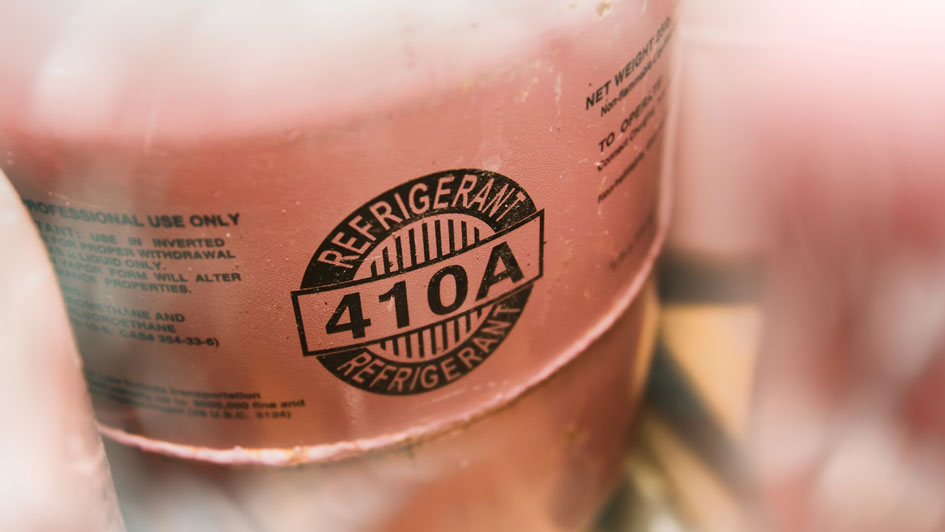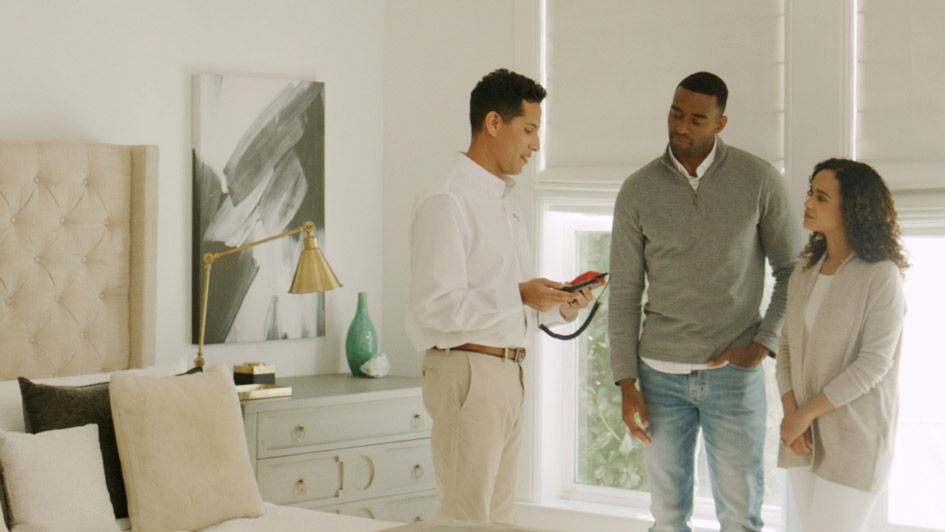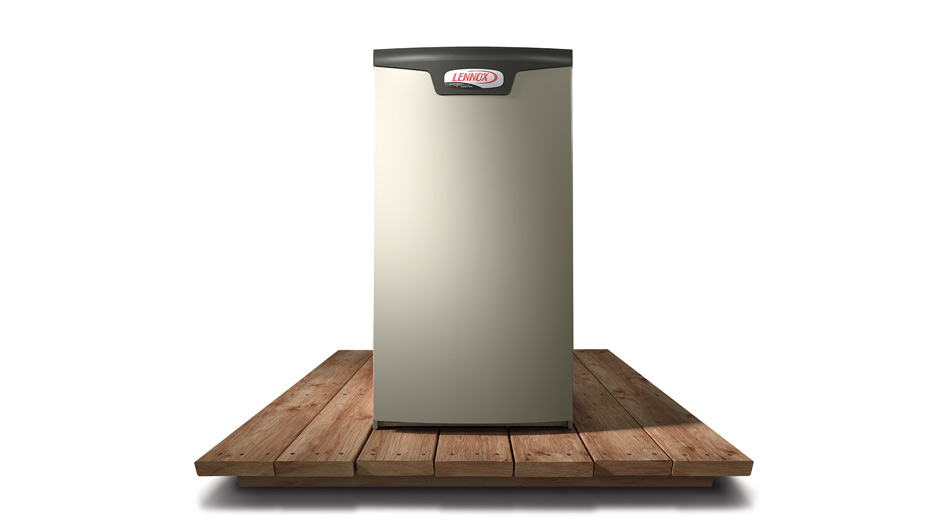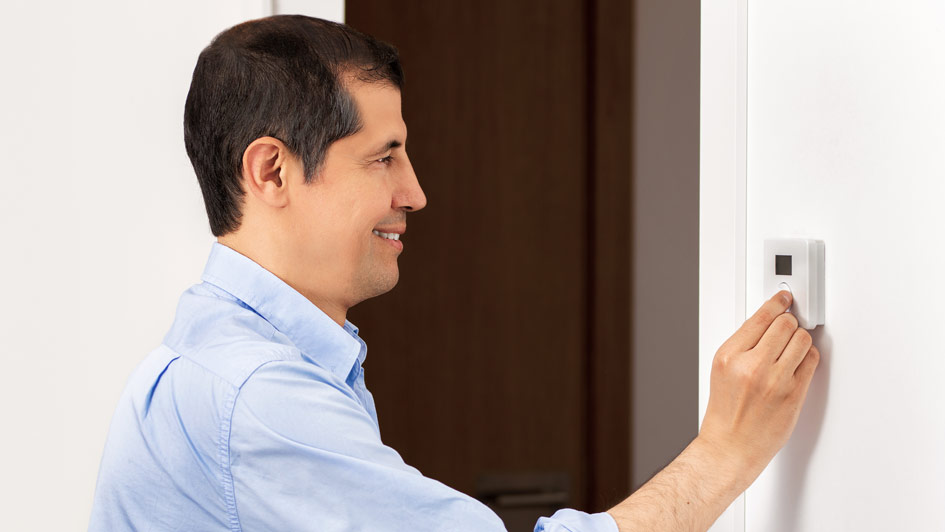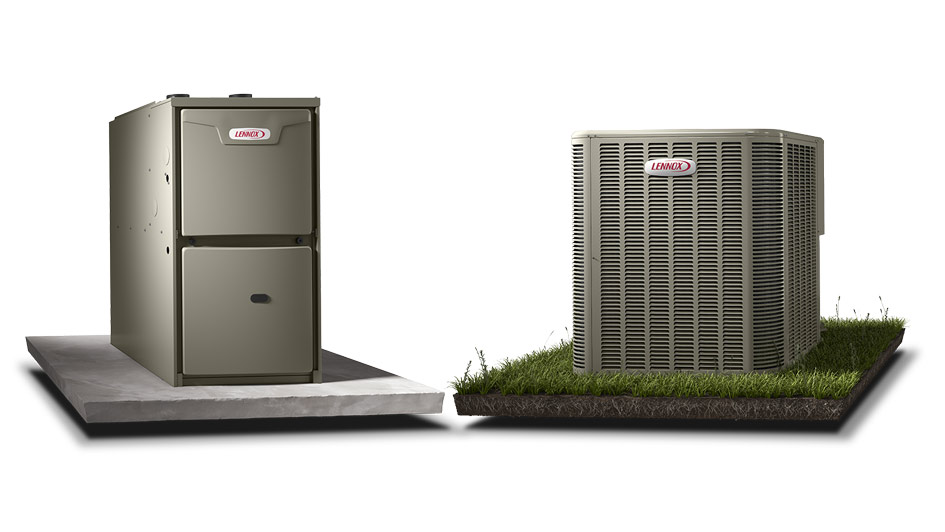Blog
Serving Saint Louis and These Areas
About Morgner Inc. Air Conditioning & Heating
At Morgner Inc. Air Conditioning & Heating, making your home cozy is our biggest interest. That’s why we supply lasting HVAC equipment and excellent work in St. Louis. Our technicians are knowledgeable in a full range of services, so you can feel confident in your results. They’ll offer the support you are looking for, whether it’s installing an updated HVAC system or servicing and maintaining your present equipment. We’re here to help with all of your needs, so call us at 314-262-4541 or contact us online to get an appointment right away.
Morgner Inc. Air Conditioning & Heating
3154 S Brentwood Blvd
Saint Louis, MO 63119
Phone: 314-262-4541
Email: [email protected]
License # SMC-X2089
© 2025 Morgner Inc. Air Conditioning & Heating | All rights reserved

